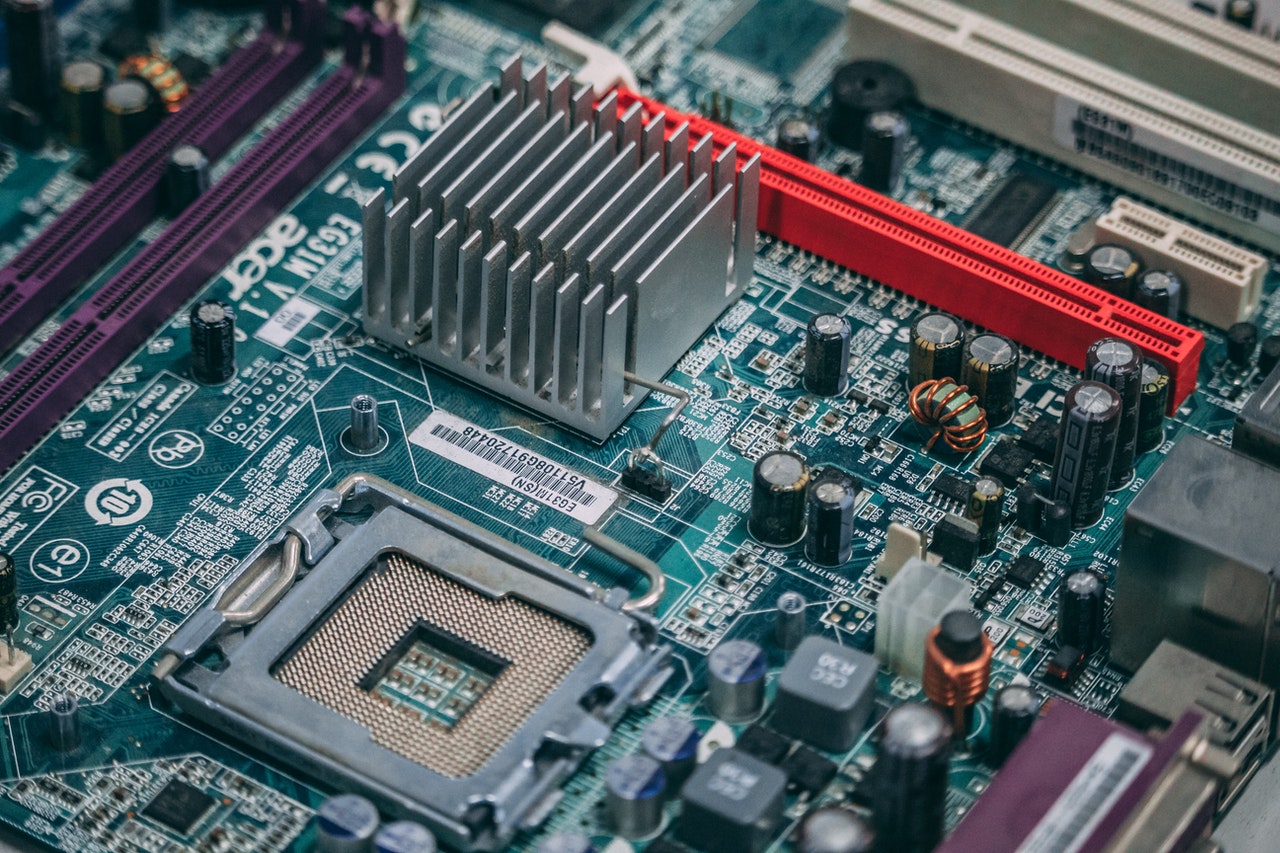Did you know that the first Circuit Boards were created in 1775 by Abbé Jean-Antoine Nollet? He was a French priest who figured out a way to create an electrical circuit using silk thread! Circuit Boards have come a long way since then, and are now an essential part of our everyday lives.
What are Circuit Boards?
Circuit boards, also known as PCBs, are Printed Circuit Boards. They are made up of a substrate, copper tracks, and a coating. The substrate is usually fiberglass or some other type of plastic. The copper tracks are what carry the current from one component to another. The coating protects the board and makes it easier to solder components to it.
What are the Benefits of using Circuit Boards?
Circuit boards have many benefits over other methods of connecting components together. They are small, lightweight, and durable. They can also carry more current than wire leads or soldered connections. This makes them ideal for use in electronic circuits.
How are Circuit Boards Made?
Circuit boards are made by printing the copper tracks onto a substrate. The most common method of doing this is using a process called photolithography. In this process, a negative image of the circuit board is created and then used to expose a positive image of the board onto a light-sensitive material. This material is then used to create a stencil that can be used to print the copper tracks onto the substrate.
What are Circuit Boards Used For?
Circuit boards are used in all sorts of electronic devices, such as computers, cell phones, and televisions. They are also used in many other types of equipment, such as medical devices and military hardware.
Circuit boards are an essential part of any electrical device. They provide a way for the components in a device to be connected together so that they can work properly. Circuit boards come in all sorts of shapes and sizes and are made from a variety of materials.
What are some common problems with Circuit Boards?
Some common problems with circuit boards include shorts, open circuits, and incorrect wiring. Shorts occur when two conductors come into contact with each other, causing a current to flow between them. This can damage components or cause the circuit to malfunction. Open circuits occur when there is a break in the copper tracks, preventing current from flowing through the circuit. Incorrect wiring can cause the circuit to work improperly, or not at all.
How can I avoid problems with Circuit Boards?
In order to avoid problems with circuit boards, it is important to have a good understanding of how they work and what type of board is best for your project. It is also important to use high-quality components and follow the manufacturer’s instructions carefully. If you are unsure about anything, it is always best to consult with a professional.
What are the different types of Circuit Boards?
There are two main types of circuit boards: Single-Sided and Double Sided. A Single Sided board has copper tracks on one side only, while a Double-Sided board has copper tracks on both sides. There are also several other less common types of circuit boards, such as Flexible PCBs and Rigid-Flexible PCBs.
What is a Single-Sided Circuit Board?
A Single Sided Circuit Board (SSCB) has copper tracks on one side only. The other side is either plain or covered with a protective coating. The substrate is usually fiberglass or some other type of plastic. The copper tracks are what carry the current from one component to another.
What is a Double-Sided Circuit Board?
A Double Sided Circuit Board (DSCB) has copper tracks on both sides of the board. The substrate is usually fiberglass or some other type of plastic. The copper tracks are what carry the current from one component to another.
What is a Multilayer Circuit Board?
A Multilayer Circuit Board (MCB) has copper tracks on more than one side. The number of layers can vary from two to thirty or more. The substrate is usually fiberglass or some other type of plastic. The copper tracks are what carry the current from one component to another.
Fascinating Facts about Circuit Boards
In this blog post, we will discuss fascinating facts about Circuit Boards. We will also explore how they have evolved over time and what the future holds for them!
- Circuit Boards are used in a variety of electronic devices, including computers, cell phones, and TVs. They are also used in more sophisticated equipment, such as aircraft and spacecraft. Circuit Boards are typically made out of copper or other conductive materials, which allow electricity to flow through them.
- One of the most fascinating things about Circuit Boards is how they can be customized to meet the needs of specific devices. For example, some Circuit Boards have hundreds of tiny components that work together to perform complex tasks.
- Other Circuit Boards may be much simpler, with only a few components. No matter their size or complexity, all Circuit Boards share one common goal: to provide a pathway for electricity to flow!
- As technology continues to evolve, Circuit Boards are becoming increasingly complex. In the future, we can expect to see even more sophisticated Circuit Boards that are capable of performing even more complex tasks. We may also see Circuit Boards that are made out of different materials, such as graphene or carbon nanotubes. These new materials could revolutionize the way Circuit Boards are designed and used!
Conclusion
Conclusion paragraph: We hope that this article has helped you to understand the basics of circuit boards. If you have any further questions or would like more information on a specific type of board, please leave a comment below and we will do our best to help. Stay tuned for more exciting blog posts about technology and innovation! Circuit Boards are amazing!
































































